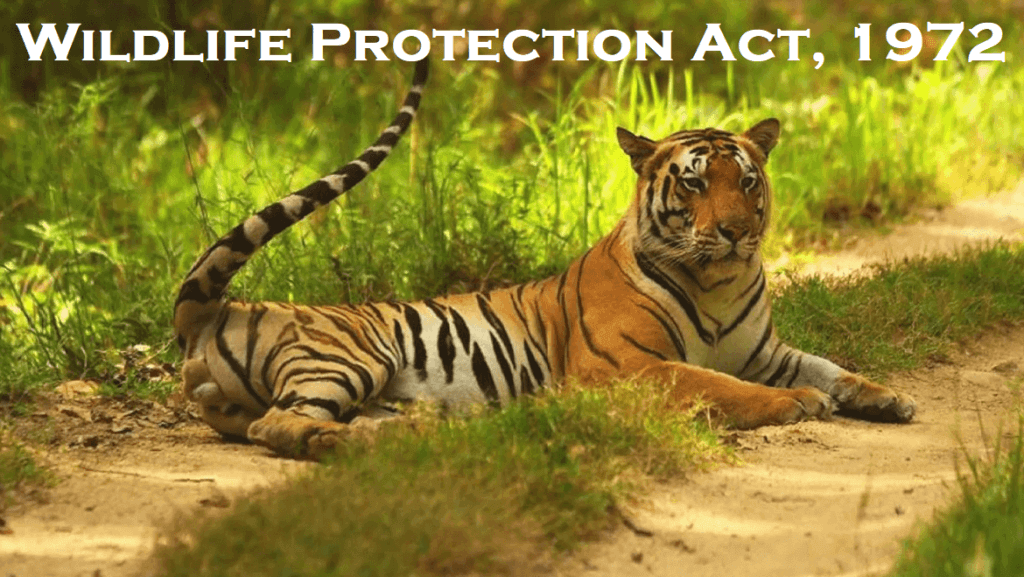A person in Uttar Pradesh was charged with violating the Wildlife Protection Act of 1972 by “illegally” keeping and nursing a wounded Sarus crane (Grus Antigone) he discovered in his hamlet.

About Sarus
- The Sarus crane is usually found in wetlands and is the state bird of Uttar Pradesh.
- Standing at 152-156 centimetres, it is the world’s tallest flying bird.
What is Wildlife (Protection) Act, of 1972?
- The WPA protects the country’s wild animals, birds, and plant species to guarantee environmental and ecological security.
- It allows for the protection of a number of listed animal, bird, and plant species, as well as the establishment of a network of ecologically significant protected areas throughout the nation.
- It establishes different types of protected areas, such as wildlife sanctuaries and national parks.
What is the Schedule IV legislation on animals and birds?
- Species listed in Schedules III and IV pertain to the ban on dealing in trophy and animal products without a license, the purchase of animals by a licensee, and restrictions on wildlife transportation.
- According to Section 48 of the Act, any wild animal or animal article may be transported only with the approval of the Chief Wildlife Warden or any other official approved by the state.
- Taxidermists, eating places (hotels or restaurants), and dealers in animal articles, preserved animal parts or trophies, uncured trophies (whole or any unpreserved portion of an animal), captive animals, and snake venom of such species are all covered by Section 44.
Source: https://www.indiacode.nic.in/handle/123456789/1726#:~:text=India%20Code%3A%20Wild%20Life%20(Protection)%20Act%2C%201972&text=Go!&text=Long%20Title%3A,environmental%20security%20of%20the%20country.
